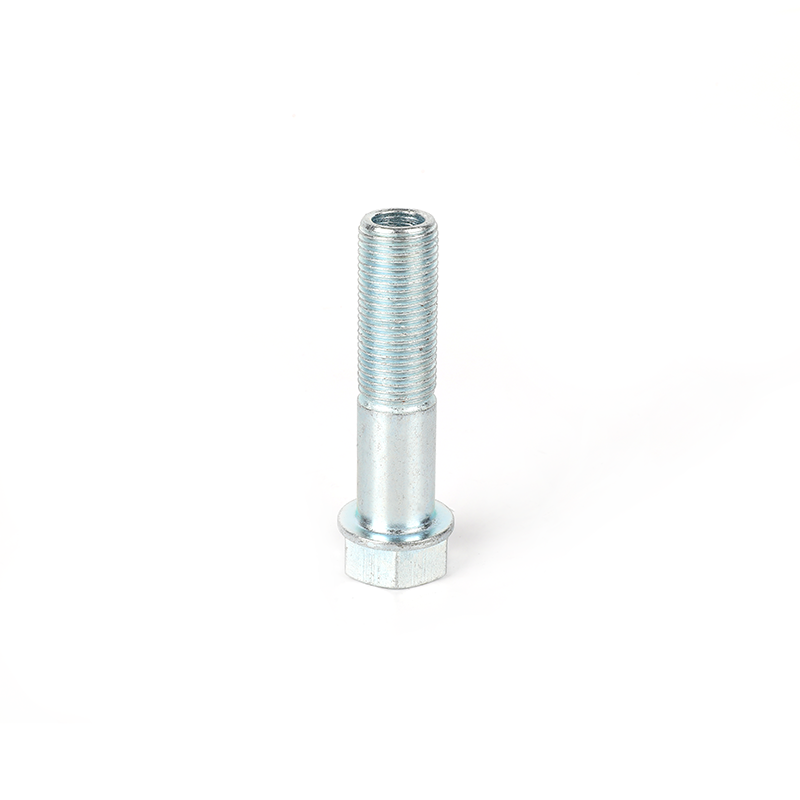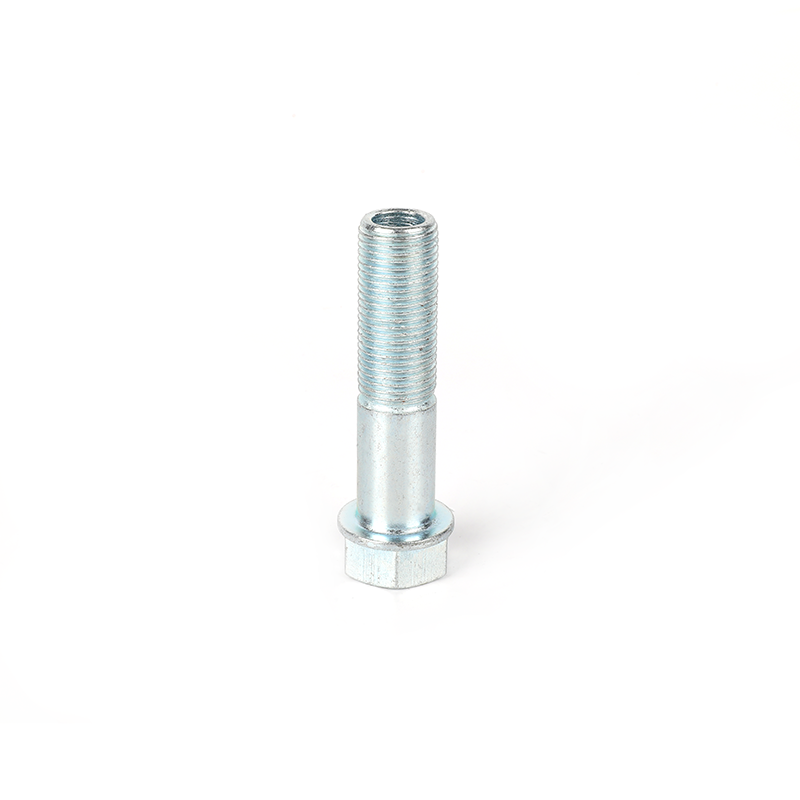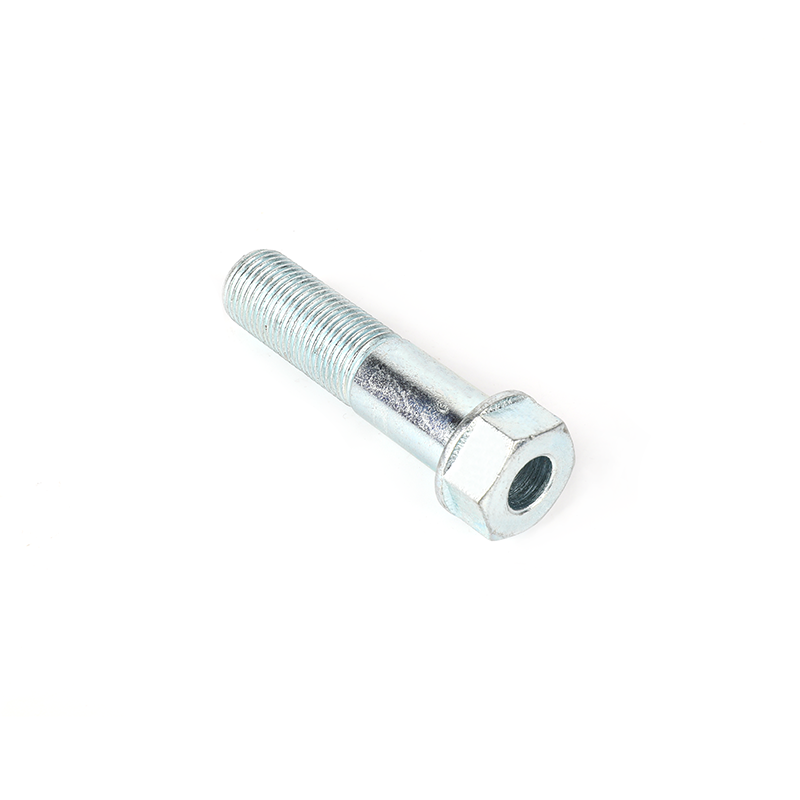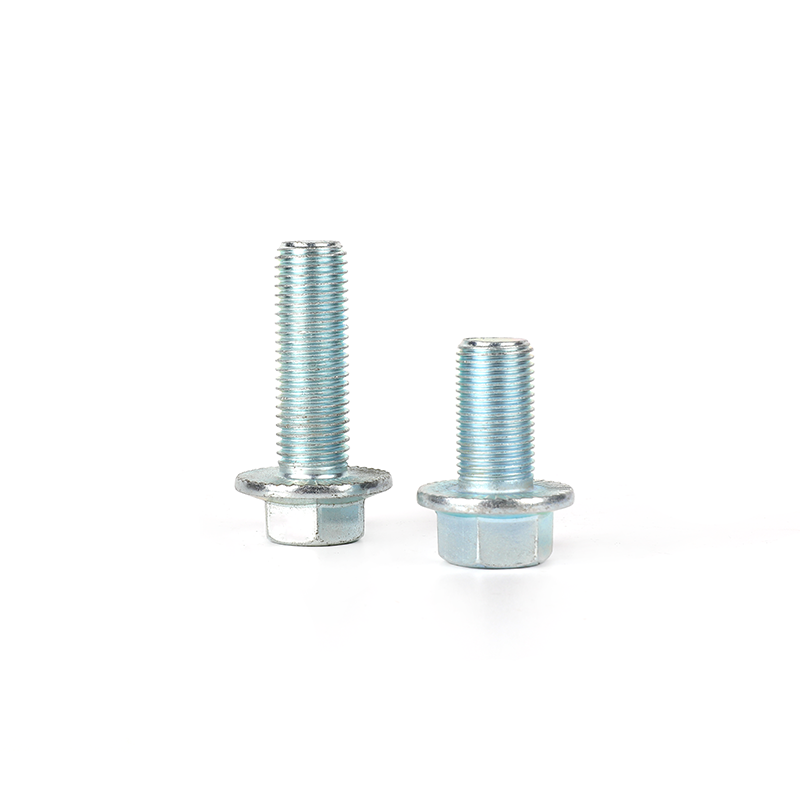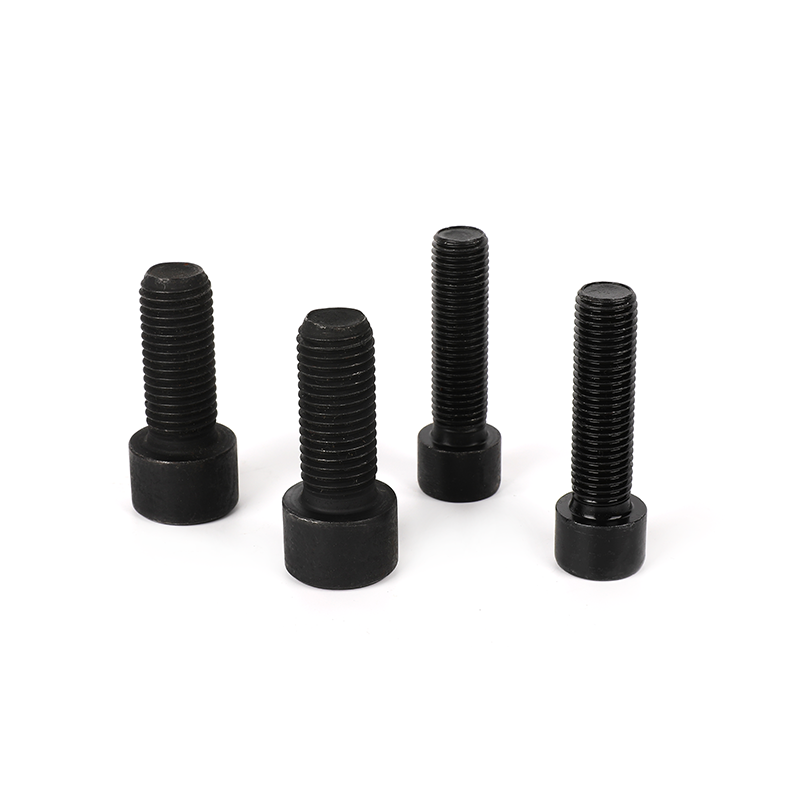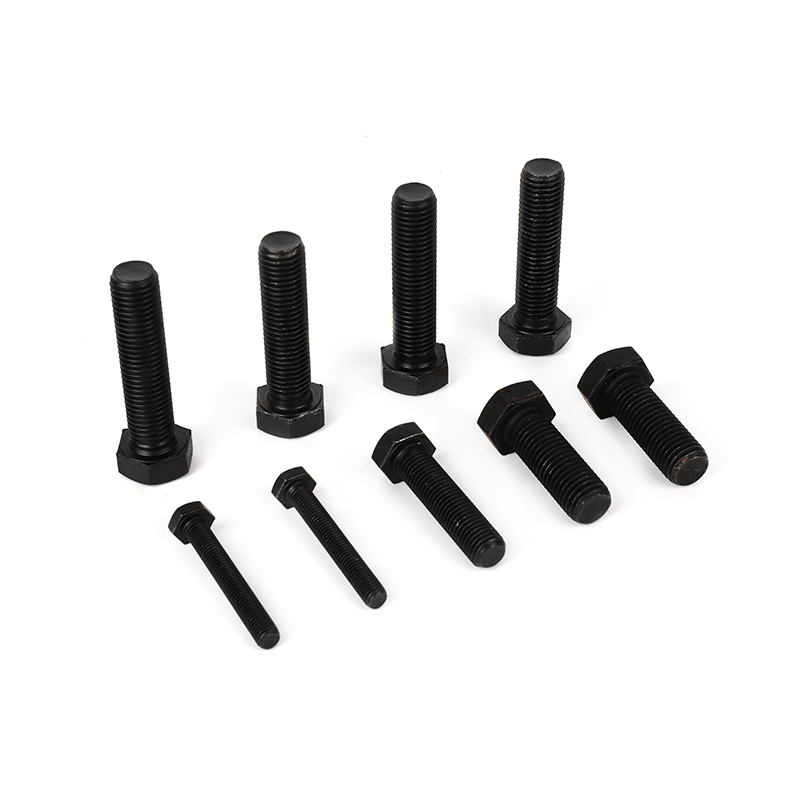What is the vibration resistance of hollow half-thread bright zinc plated hexagon head bolts?
The vibration resistance of
hollow half-thread bright zinc plated hexagon head bolts is influenced by various factors, including their design features, material properties, and the effectiveness of the fastening system. Here are key considerations related to the vibration resistance of these bolts:
Thread Design:The thread design plays a crucial role in the vibration resistance of bolts. For hollow half-thread bolts, the engagement of threads with the mating component should be designed to provide secure and stable fastening, minimizing the risk of self-loosening due to vibrations.
Torque and Preload:Proper torque application during installation is essential for achieving the recommended preload. Adequate preload helps resist the effects of vibration by maintaining tension in the bolted joint. Following manufacturer-recommended torque values is crucial for optimal performance.
Locking Mechanisms:Consideration of additional locking mechanisms, such as prevailing torque nuts, lock washers, or thread-locking adhesives, can enhance the vibration resistance of hollow half-thread bolts. These mechanisms help prevent unintended loosening.
Material Properties:The material composition of the bolts can impact their ability to withstand vibration. Choosing materials with appropriate tensile strength and resilience is important for maintaining structural integrity under dynamic loading conditions.
Zinc Plating:Bright zinc plating provides corrosion resistance but may not significantly contribute to vibration resistance. While it protects against corrosion, additional measures may be necessary to address vibration-induced loosening.
Joint Design:The overall design of the joint, including the use of washers, flanges, or other components, can influence the vibration resistance. Proper joint design helps distribute loads evenly and reduces the likelihood of bolt movement.
Thread Engagement Length:The length of thread engagement is a critical factor. Sufficient thread engagement ensures that the bolt remains securely fastened even under vibrational forces. Proper consideration of thread engagement is crucial for effective vibration resistance.
Environmental Conditions:Consideration of the environmental conditions, such as exposure to moisture or extreme temperatures, is important. Corrosion or environmental factors can impact the overall performance of the bolts in resisting vibration.
Regular Inspection:Implementing a regular inspection schedule allows for the early detection of any loosening or degradation caused by vibration. Periodic checks and maintenance help ensure the ongoing reliability of the bolted joint.
The effectiveness of vibration resistance measures may vary based on the specific conditions and requirements of the application. Consulting with fastening experts, conducting thorough testing, and adhering to industry best practices are essential for achieving optimal vibration resistance in bolted joints using hollow half-thread bright zinc plated hexagon head bolts.

